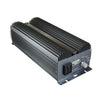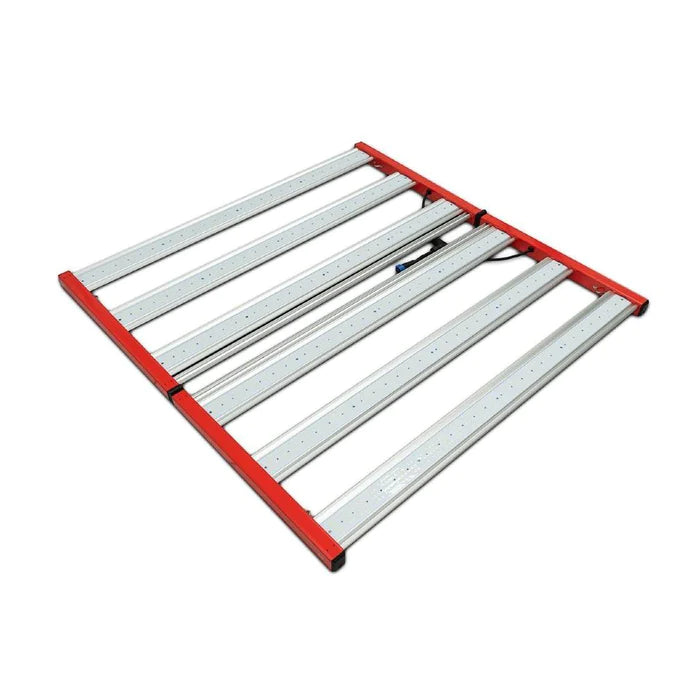
Ballasts: What Are They & How Do They Work?
, by Adam Marosi, 2 min reading time

, by Adam Marosi, 2 min reading time
When considering a hydroponic lighting purchase, the type of ballast will be a key factor. The ballast is used for the Ceramic Metal Halide (CMH), Metal Halide (MH), High-Pressure Sodium (HPS), Single-Ended (SE) and Double Ended (DE) lighting systems. The ballast works by regulating the current to the lamps and provides enough voltage to start the lamps. Without a ballast to limit its current, a lamp connected directly to a high voltage power source would rapidly and uncontrollably increase its current draw. The lamp would overheat and burn out. During lamp start, the ballast must briefly supply high voltage to establish an arc between the two lamp electrodes. Once established the ballast quickly reduces the voltage and regulates the electric current to produce a steady light output.
There are three types of ballasts, they include:
Magnetic Ballasts:
Used in fluorescent lighting systems. The electrical current is channeled into a single induction coil. Magnetic ballasts work mechanically through wire and steel and are the cheapest (cost-wise) option on the market.
Pros:
Cons:

Electronic Ballasts:
Used in most of the lighting systems excluding LEDS. Electronic ballasts rely on electronic components to regulate the voltage.
Pros:
Cons:

Digital Ballasts:
Used in most of the lighting systems excluding LEDS. Digital ballasts use microprocessors which are even more efficient and can more closely monitor power and provide consistent power. The user can adjust the wattage anywhere from 400w to 1,000w.
Pros:
Cons:



